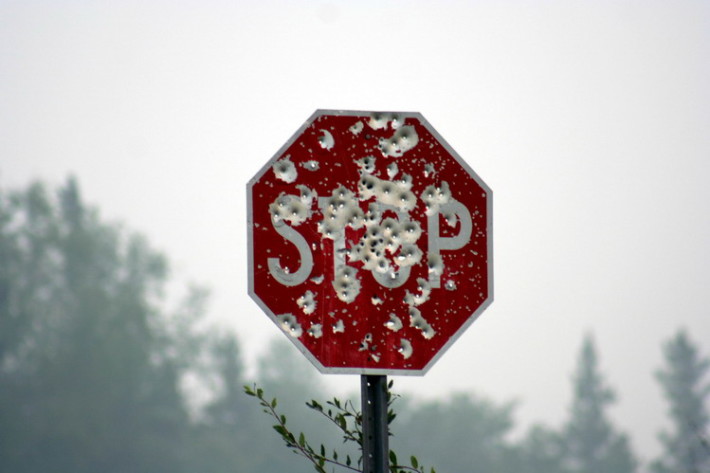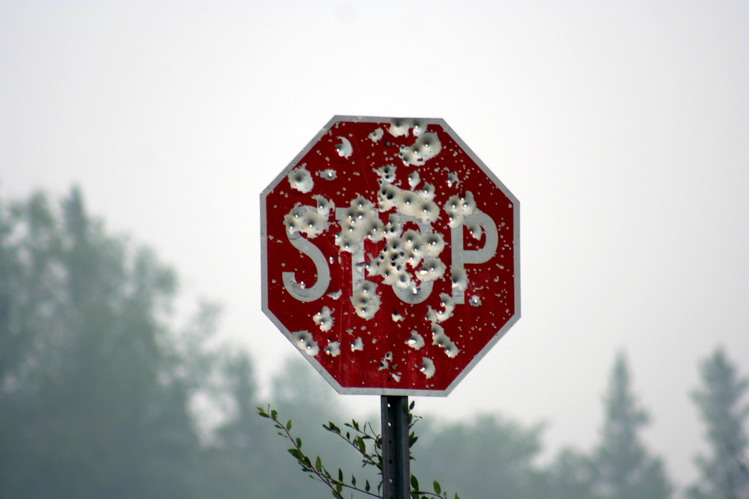Icebergs and goal setting behaviour: Does achievement define your self-worth?

How do we change our behaviour? How do we stop doing one thing and start doing another? More importantly, how do we change when we decide that the thing we are doing is not good for us and the thing that we want to do is good for us?
Spiritual and academic explanations of behaviour
Our struggle to change behaviour is so overwhelming that spiritual leaders frequently attribute undesirable behaviours as “sin” or “evil”. The apostle Paul wrote in his letter to the Romans:
“I do not understand what I do. For what I want to do I do not do, but what I hate I do… As it is, it is no longer I myself who do it, but it is sin living in me. For I know that good itself does not dwell in me, that is, in my sinful nature. For I have the desire to do what is good, but I cannot carry it out. For I do not do the good I want to do, but the evil I do not want to do—this I keep on doing. Now if I do what I do not want to do, it is no longer I who do it, but it is sin living in me that does it.”
Around two millennium later, political and spiritual leader Gandhi shares a similar sentiment in his Autobiography as he reflected on his life dedicated to God, or what he referred to as Absolute Truth:
“I know that it is the evil passions within that keep me so far from Him, and yet I cannot get away from them.”
Not everyone will share a Gandhi-like search for Absolute Truth. A non-spiritual rationalist may see “sin” as a poor explanation for our inability to control our behaviour, preferring rather to examine what can be observed. If the condition can be measured, then it can be described with a theory. Yet behaviour change is so complex that we keep adding theories on theories to explain the complexity.
I was researching green consumer behaviour a few years back and I pulled together as many theories as I could find that reflected models of behaviour change. What I ended up with was a collection of lines and boxes that looks like an organised vomit of pick-up sticks. I doubt anyone would look at that and say “Oh, I get it now” and change their behaviour. Indeed, looking at the diagram may lead a person to accept unwanted behaviours as supernatural sin as it is at least easier to explain.

Simplification with an iceberg
The model above is pretty complex. We have a tendency to introduce metaphors when the model we use to explain a complex situation becomes in itself too complex. One metaphor used to describe the lines and squiggles in the diagram above is that of an iceberg, credited to and adapted from the work on culture done by Selfridge and Sokolik (1975) and W.L. French and C.H. Bell (1979).
The model says we are like icebergs, with our behaviour above the surface visible to others. Things that drive our behaviour are hidden to others below the surface. Like moving an iceberg, it can be difficult if not impossible to change behaviour without understanding and shifting what is below the surface. It can also take only a slight shift below the surface to have an immediate impact on behaviour above the surface.
So what is below the surface? The different elements from the diagram above are typically reduced down to our beliefs, our values, and our thoughts. Some may argue about the order of priority, that values drive beliefs or the other way around, and that both drive our thoughts. Some may say our thoughts are at the boundary point above and below the surface.
The point is that our goals to change behaviour need to start at what drives that behaviour, including our beliefs, our values and our thoughts about the world and about ourselves.

Breaking the connection between goals and self-worth
The premise that we change behaviour by changing beliefs is the foundation of many programs aimed at addressing stress. In one such program, the book “28 Days to Beat the Blues” outlines that “to change how you feel about something long-term, you must change the belief behind why you feel it.”
A primary message in such programs is about breaking the connection between our goals and our self-worth. Here’s out it typically works:
- Our achievement-orientated society places emphasis on goals.
- We can then define our self-worth based on how successful we are in achieving our goals.
- We subsequently experience stress, anxiety, and depression when we do not realise our goals based on perceived threats to our self-worth.
To change this cycle, we need to change beliefs we have about ourselves and about our goals.
- Belief one: You are worthy
One belief is that who we are is inherently worthy, irrespective of whether or not we achieve our goals. Our self-worth as a member of the human race is not dependent on what we have done, what we have not done, or the perceptions of others. The iceberg of a person who feels worth-less moves differently to an iceberg of one who inherently acknowledges their self-worth. - Belief two: Goals are for learning
The second belief is around how we approach goals. The purpose of a goal is to attempt the goal and learn from the attempt, not necessarily to realise the goal. High-performing individuals are characterised by their ability to set their own goals and continuously learn and grow from the process.
Consider the marathon runner who never wins a race. Would you say the marathon runner would have lower self-worth because they do not win? Should the runner perhaps create a goal so low that they will always achieve the goal? No, the runner sets a realistic goal and then learns from their journey towards that goal, regardless of whether it is finally attained.
Our life is a marathon to be run. Each of us runs our race the best we are able within the conditions we are given. We are each worthy of our race, and learn from every step we take.
Be mindful and give yourself time
I do not believe that all unwanted behaviour is attributed to sin. I also do not believe we must understand the complexities of human behaviour in order to change what lies below the surface of our actions.
What may help is to be mindful of the beliefs that drive our behaviour, to avoid judging those beliefs, and consider what we can learn to change for next time. I recently wrote about the process of mindfulness which may assist in capturing your underlying thoughts and beliefs.
I also encourage you to give yourself some latitude as you go through the process. As I wrote about in my conversation about Flow, we have a finite amount of attention to give. Over the years we have trained ourselves to focus this attention on certain mental patterns. It may take some time to become aware of these patterns and reprogram our brain into new patterns. As the 28 Days book states:
“Changing the way you think is not a skill that comes naturally, to change the way you think requires dedication followed by repetition.”
I trust you realise that your worth is not determined by your actions, any more than my worth is defined by writing this blog post. I occasionally achieve my goals with my writing but I always learn.
With this in mind, I welcome your comments below to help us both in the reflection and learning process. I also invite you to share using the social links below if you feel others may benefit from reading about the connection between their self-worth and goal setting.
Image credit:
Stop sign – http://flic.kr/p/8Y3N1
Iceberg – Created by Uwe Kils (iceberg) and User:Wiska Bodo (sky). [GFDL (http://www.gnu.org/copyleft/fdl.html) or CC-BY-SA-3.0 (http://creativecommons.org/licenses/by-sa/3.0/)], via Wikimedia Commons


1 thought on “Icebergs and goal setting behaviour: Does achievement define your self-worth?”
Comments are closed.